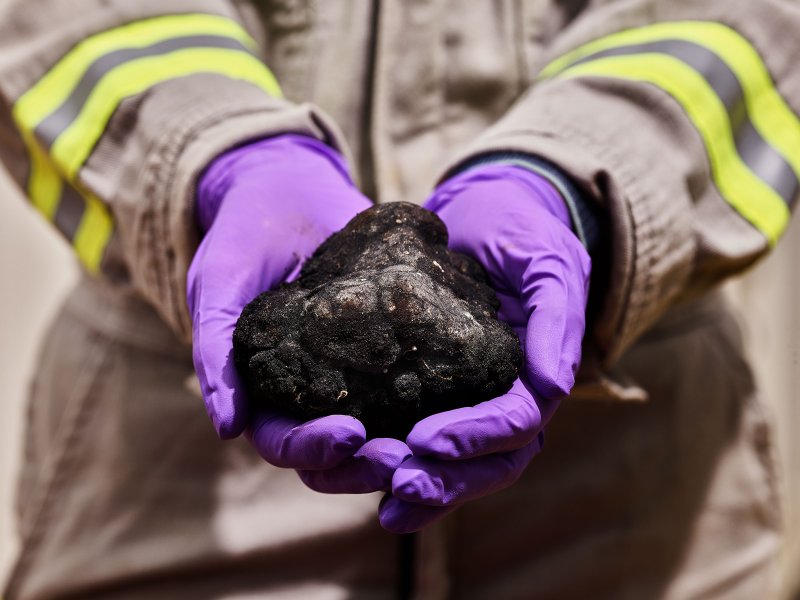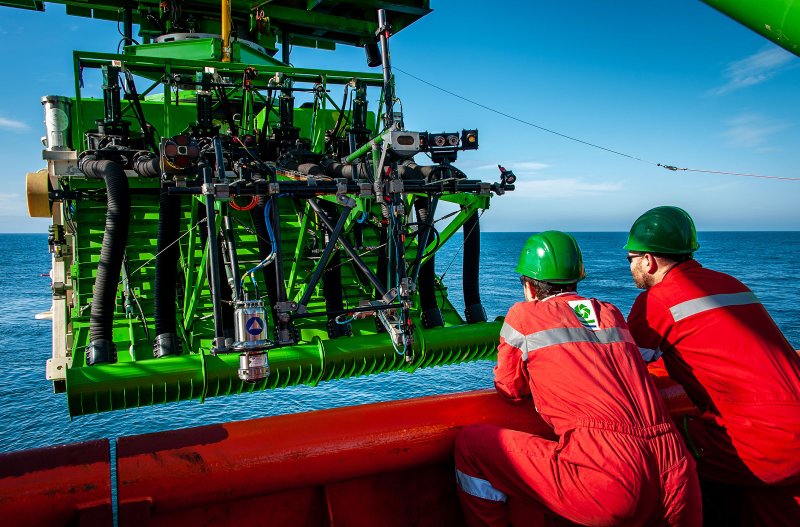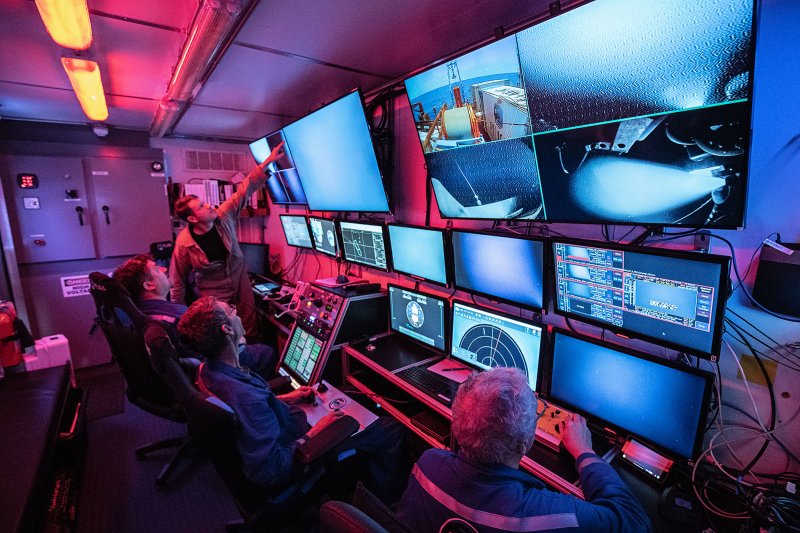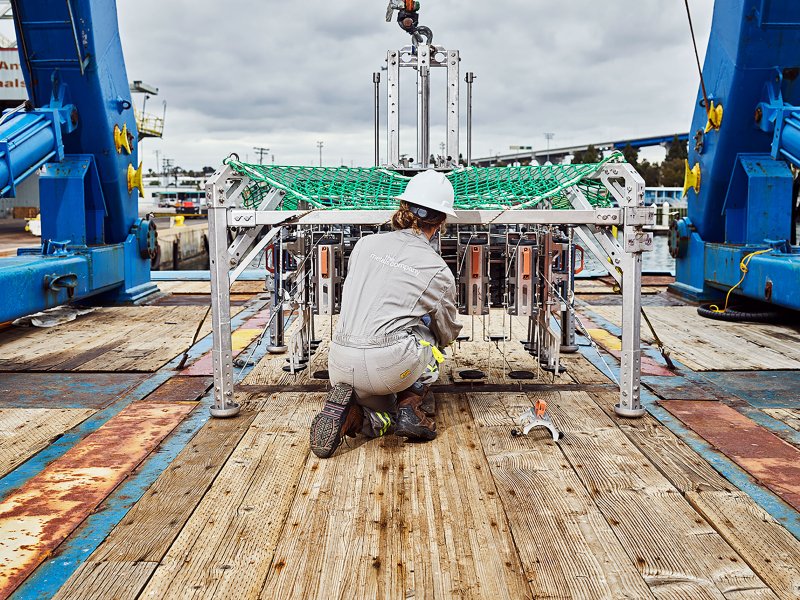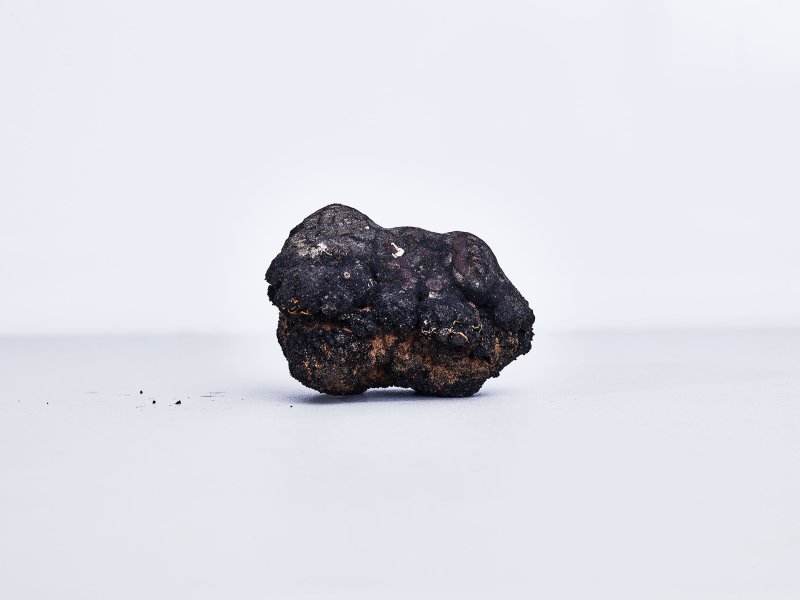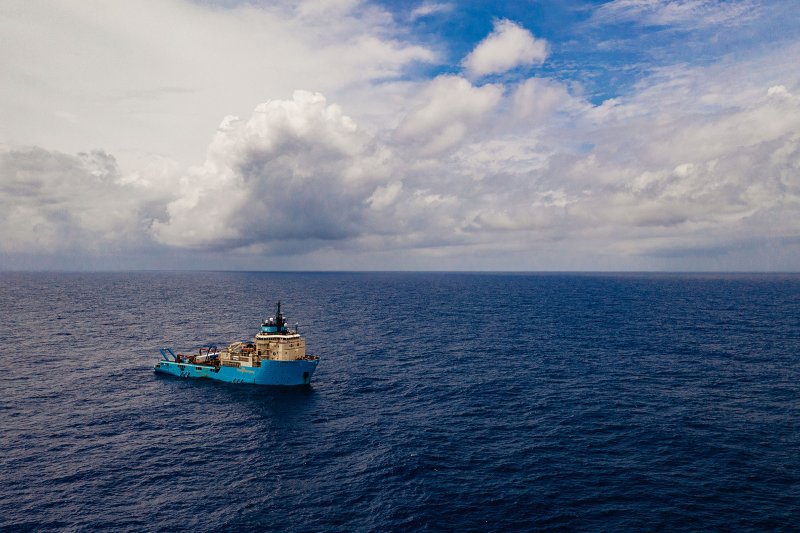I had an abortion in 1996, and I’m not going to explain why I needed one. All I will tell you is that I was in the Air Force, and though the military isn’t allowed to perform abortions, it was still easy enough. I made the appointment for a Saturday, spent the weekend eating junk food and Tylenol, and I was back at work on Monday. I’ll tell you I was damn grateful, even in 1996, that I was stationed in California, not Texas. I’m not going to tell you I wasn’t a slut. I’m not going to tell you I was careful. I’m not telling you because it doesn’t matter.
Every year, every time another draconian law restricting abortion is passed, we perform the same charade. We all know our roles. We tell traumatic stories of rape and incest and those babies we wanted but were formed in the wombs without vital organs. We tell of abusive husbands and boyfriends and fathers. We talk about poverty, and minimum wages, and impossible distances, and lack of sick leave, and forgoing food to afford a medical procedure. Our mothers and grandmothers talk about the old days of back alleys and infection and knife slips.
We march and hold signs. We carry coat hangers. We chant and sing and scream into megaphones. We threaten strikes. We stage sit-ins. We hashtag and tweet and share memes. We write essays.
We do this in a desperate attempt to evoke empathy, express anger, show our numbers, and hope this one time, they’ll hear us.
Those we elect to represent us have their scripts. They say: “No one is for abortion.” It’s a private, no, scratch that, heart-wrenching decision between a woman and her doctor. They use euphemisms like “choice.” They say abortion should be safe, and rare. Don’t forget rare. They say they’re personally against it. No, they’ve never had one, surely never paid for one. What about the life of the mother? What about rape and incest? What about privacy?
The forced-birth enthusiasts have their roles too. They call themselves pro-life. They name these laws “heartbeat” bills, though at six weeks, their heart is not yet fully developed. They say, of course they care about women; they’re just against murdering babies. They call it “murdering babies.” They want women to be more responsible. They claim, falsely, that women regret their abortions. They’re protecting women. They’re protecting innocent lives. No, they didn’t pay for that abortion. They’re sorry they did. That was another time, before they were saved.
In the end, another law is passed. Another clinic closed. Another justice added to the bench.
I’m not telling my story again. I won’t rip myself open and spill my guts hoping I’ll reach someone, hoping they’ll see a human being. They don’t. Because they’re full of sh*t.
I know they’re full of sh*t because if they were really interested in preventing abortion, they’d fund a Planned Parenthood truck on every corner, next to the taco truck. Liquor stores would sell Plan B. They’d fund sex education in schools. Sex education taught by someone other than Coach Kemp, who told us, “Y’all know condoms fail. The only way to make sure you aren’t catching AIDS is marriage.”
If you want to end abortion, you don’t make it easier to get pregnant. If the specter of dead babies haunted them, they wouldn’t push sadistic laws punishing women who miscarry. If they were so horrified by the idea of abortion—truly wanted to save those babies—they’d make sure every baby had enough to eat and a safe place to sleep; every mother and father had a year of paid leave; no family went bankrupt with medical bills from a complicated pregnancy.
They’ve been telling us for years, decades, by their actions that they do not want to end abortion. Why would they? No matter the law passed, the wealthy will still have access to it. But if you can force a woman to give birth, you’ve trapped her in a cycle of poverty. They don’t want to save babies. They want to punish women for having sex. They want to punish women who step out of line. They want to punish women.
For too long, we’ve accepted their terms, and played our roles, trying to beg and bargain—plead the case of the good victim, the good girl, the one with a future, the one who wanted to be a mother. We’ve been trying to reach people who would never reach out to us. All we’ve done is provide them cover to continue their crusade against women.
The truth of the matter is, abortion will always be a reality, no matter which laws they pass. We don’t have to depict it as a heart-wrenching decision a woman regrets down the road. Because we know that’s not true. Abortion isn’t a controversial topic that we should be scared to discuss or even name. It is and has remained popular, even in Texas. One in four women, at least, have had an abortion. It’s 14 times safer than giving birth. It doesn’t even require a doctor. It never has.
The days of coat hangers were never the rule, and all we’ve done by waving them around is perpetuate the lie that abortions are terrifying and potentially life-threatening…despite the fact abortion is as old as pregnancy itself. Its practitioners were usually women with a knowledge of herbs. Today, abortion pills such as Mifepristone are easily accessible online, and just across the border.
Yet now, in Texas, I can be sued for typing that last sentence. Because they don’t want to end abortion. They want to punish women. And they’ve now deputized every Texan to do their dirty work.
Lauren Hough is the essayist and best-selling author of Leaving isn’t the Hardest Thing. She was born in Berlin, Germany, and raised in several countries, and Amarillo, Texas. She’s been an Airforce Airman, a bouncer, barista, bartender, and, for a time, a cable guy.


